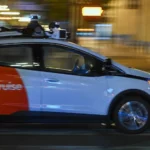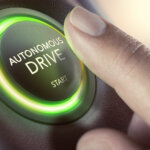An onslaught of applicants to drive taxis as Cruise lays off 900
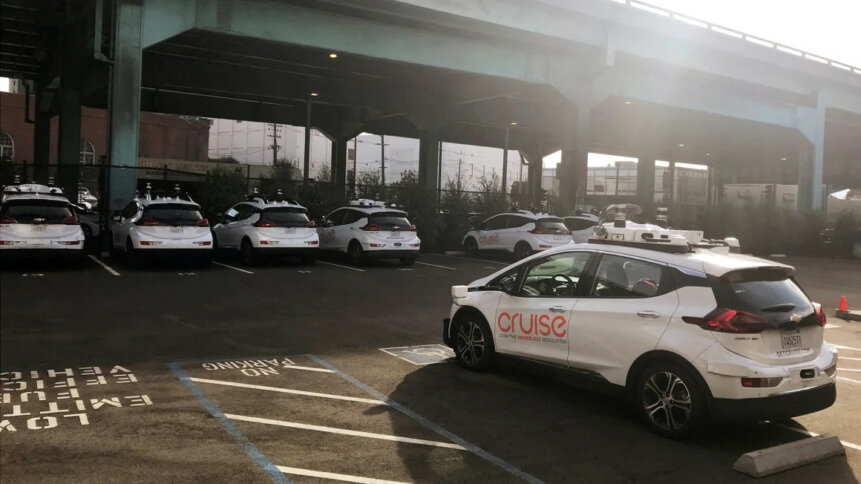
- Cruise driverless cars have been involved in several pedestrian accidents recently.
- After financial losses and spending cuts from General Motors, Cruise is in trouble.
- Almost a quarter of all Cruise employees laid off as part of future planning.
For every step forward, Cruise driverless cars seem to take several back. And bad times for the company continue as General Motors subsidiary Cruise announced it would lay off around a quarter of its workforce last week. Following months of trouble and financial loss, the self-driving car business will cut 900 jobs.
It’s been a rocky few months for the company – and that’s putting it lightly. In October, the California Department of Motor Vehicles ordered Cruise driverless cars be removed from the state’s roads and the National Highway Traffic Safety Administration (NHTSA) announced an investigation into its fleet.
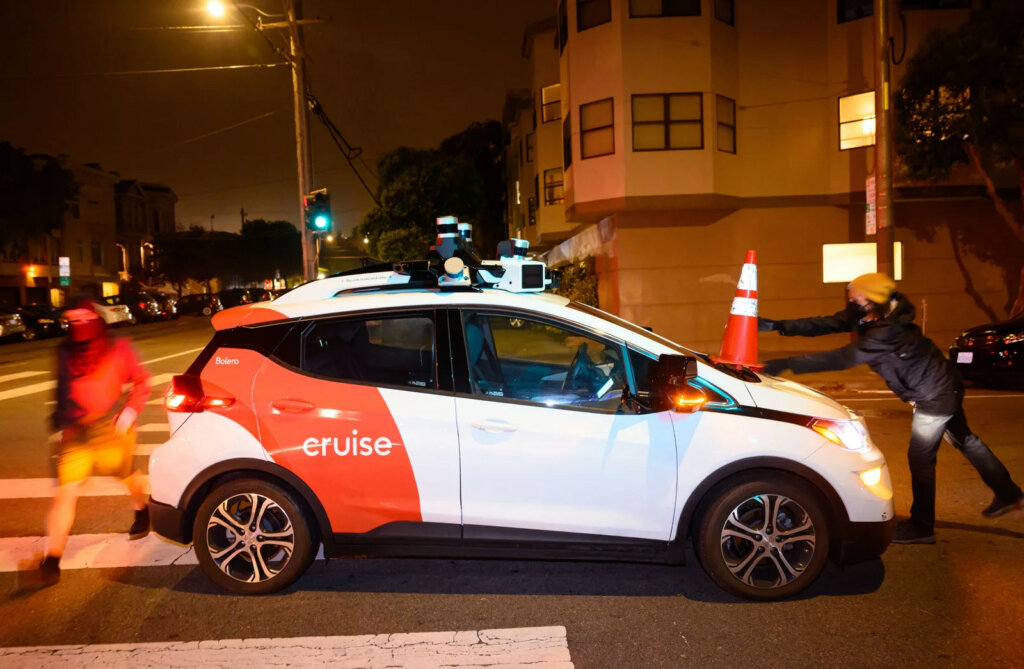
Some groups have been protesting Cruise driverless cars since as early as July 2023. Placing a cone on the hood disabled the vehicles. (Photo by Josh Edelson / AFP).
Potential killers?
The action came after two accidents involving pedestrians. The first, in August, saw a self-driving car hit a pedestrian at 1.4mph as the person attempted to cross the road. The accident began a negative shift in public opinion of the company.
Then, in October, a driverless vehicle dragged a woman 20 feet along the road after hitting her. She had been thrown into the path of the Cruise driverless car, having been hit by a human-driven car.
Following the incident, not only were Cruise’s permits revoked, but the California DMV accused the company of withholding information and video regarding the incident.
Something like that is particularly damning for a company that’s so reliant on public trust and cooperation from regulators.
Soon afterwards, Cruise voluntarily paused testing operations. All of its US vehicles have now been pulled.
A report from the October incident said the driverless car “braked aggressively” but wasn’t able to stop in time. Both incidents happened at night. Despite all that, Cruise maintains that its safety record “continues to outperform comparable human drivers.”
In late November, GM announced it would cut spending on Cruise. “We expect the pace of Cruise expansion to be more deliberate when operations resume and spending will be substantially lower in 2024 than it was in 2023,” said chief executive Mary Barra at an investor event.
Cruise lost more than $700 million in the third quarter, bringing total losses since 2016 up to $8bn.
Ouch!
Are Cruise driverless cars a rushed and ultimate failure?
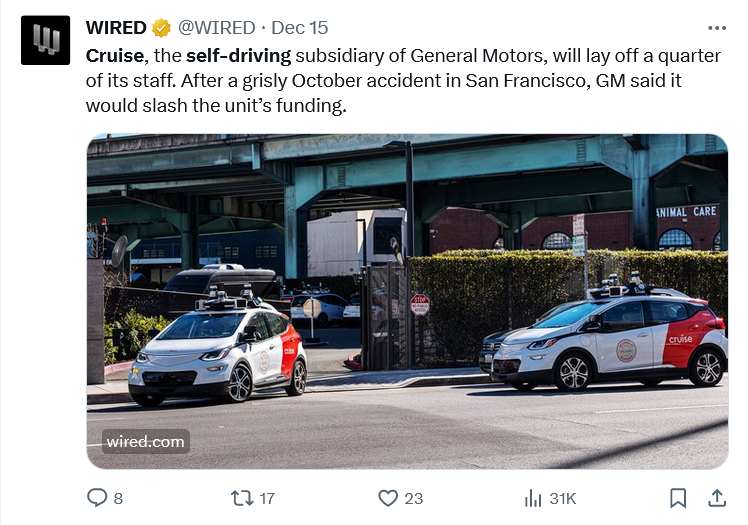
Cruise driverless cars – strategic restructing, or does this mark the end?
In recent weeks, both Kyle Vogt, Cruise’s chief executive, and its co-founder Dan Kan resigned. Then, on December 13th, Reuters reported that nine key people high up in the company were dismissed amid the ongoing safety investigation.
“Following an initial analysis of the October 2nd incident and Cruise’s response to it, nine individuals departed Cruise,” according to a memo.
“We are committed to full transparency and are focused on rebuilding trust and operating with the highest standards when it comes to safety, integrity, and accountability,” the memo said. “As a result, we believe that new leadership is necessary to achieve these goals.”
Among those dismissed were chief legal and policy officer Jeff Bleich and senior vice president of government affairs, David Estrada.
Dispelling any misconceptions that those at the top would be the only ones to feel the consequences of the company’s failures, the next day layoffs amounting to 24% of Cruise’s workforce were announced.
The company’s statement on the layoffs says that after some time examining processes, systems tools and how it operates, the job cuts reflect “a more deliberate go-to-market path, meaning less immediate need for field, commercial operations and corporate staffing.”
“These changes reflect our decision to focus on more deliberate commercialization plans with safety as our North Star.”
Regarding the job cuts, a GM spokesperson said “GM supports the difficult employment decisions made by Cruise.”
“We knew this day was coming, but that does not make it any less difficult —especially for those whose jobs are affected,” Mo ElShenawy, president and chief technology officer at Cruise, wrote in a memo to employees announcing the layoffs. The note added that impacted employees will receive an email “in a few moments,” letting them know whether they are “affected by this staffing reduction.”
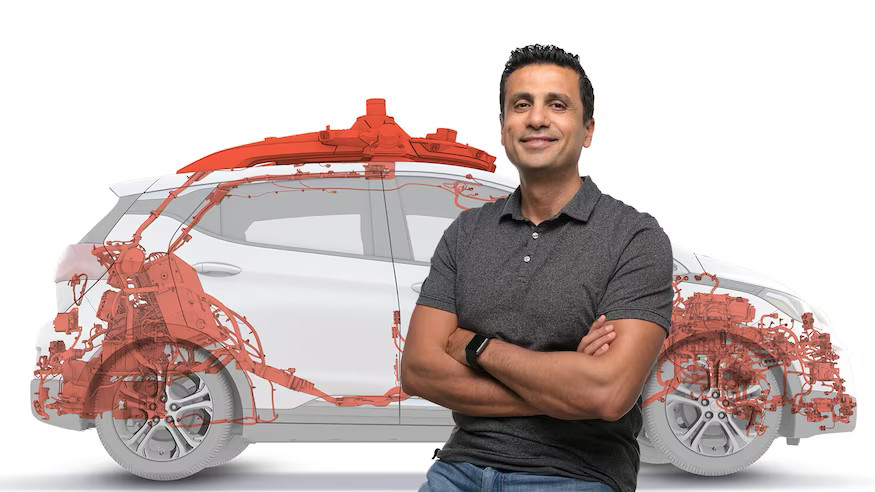
Mo ElShenawy in signidicantly happier days at Cruise.
That added suspense was much appreciated by employees, we’re sure.
When Cruise was operative, it had driverless cars in San Francisco, Phoenix, and Austin. ElShenawy added that the company has the goal of “simplifying and focusing our efforts to return with an exceptional service in one city to start with,” though he did not share further details on which city Cruise is planning on returning to once – or if – it resumes operations.
Laid-off employees will remain on payroll through February 12th, the memo added, and are eligible for up to an additional eight weeks of severance pay depending on time spent at the company.
Cruise isn’t the only driverless vehicle company facing trouble. Also facing safety questions, Tesla recalled more than two million cars after the US regulator found its driver assistance system, Autopilot, partly defective.
An obsession with driverless cars that forecast them as the next frontier of transport has meant rollout is potentially rushed and ultimately unsafe. Rather than worry about transport emissions or improving the public transport sector, companies have raced to deliver the first successful driverless fleet, and – so far – they have failed every time.






